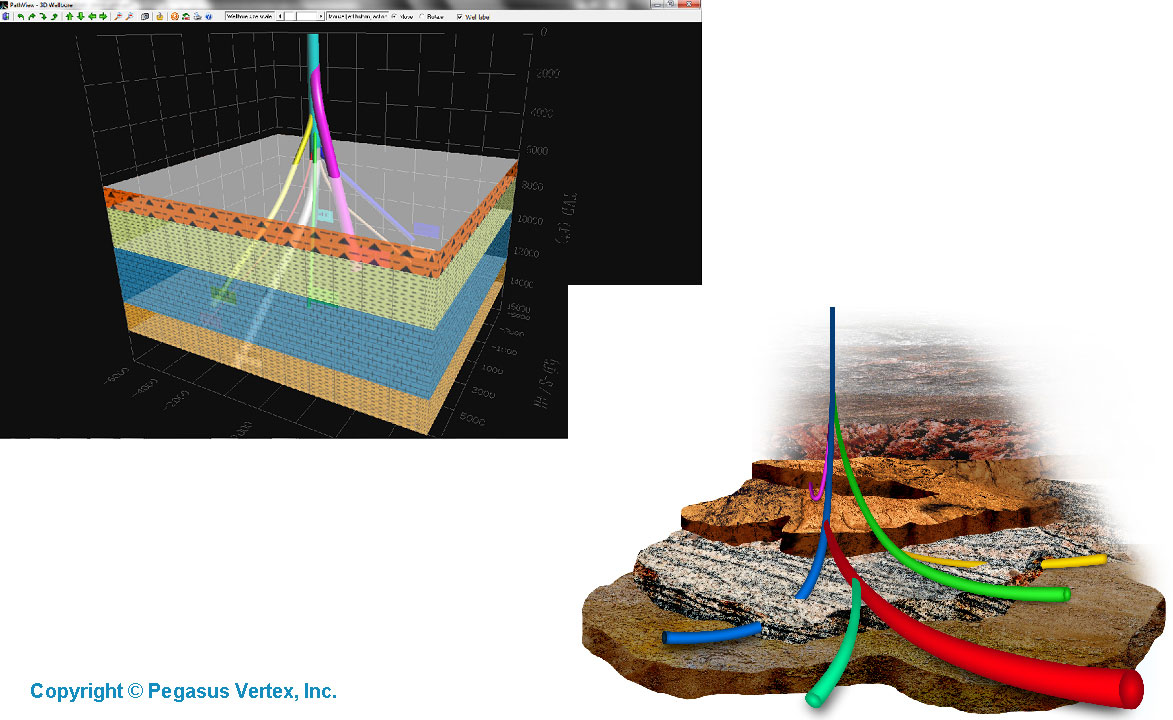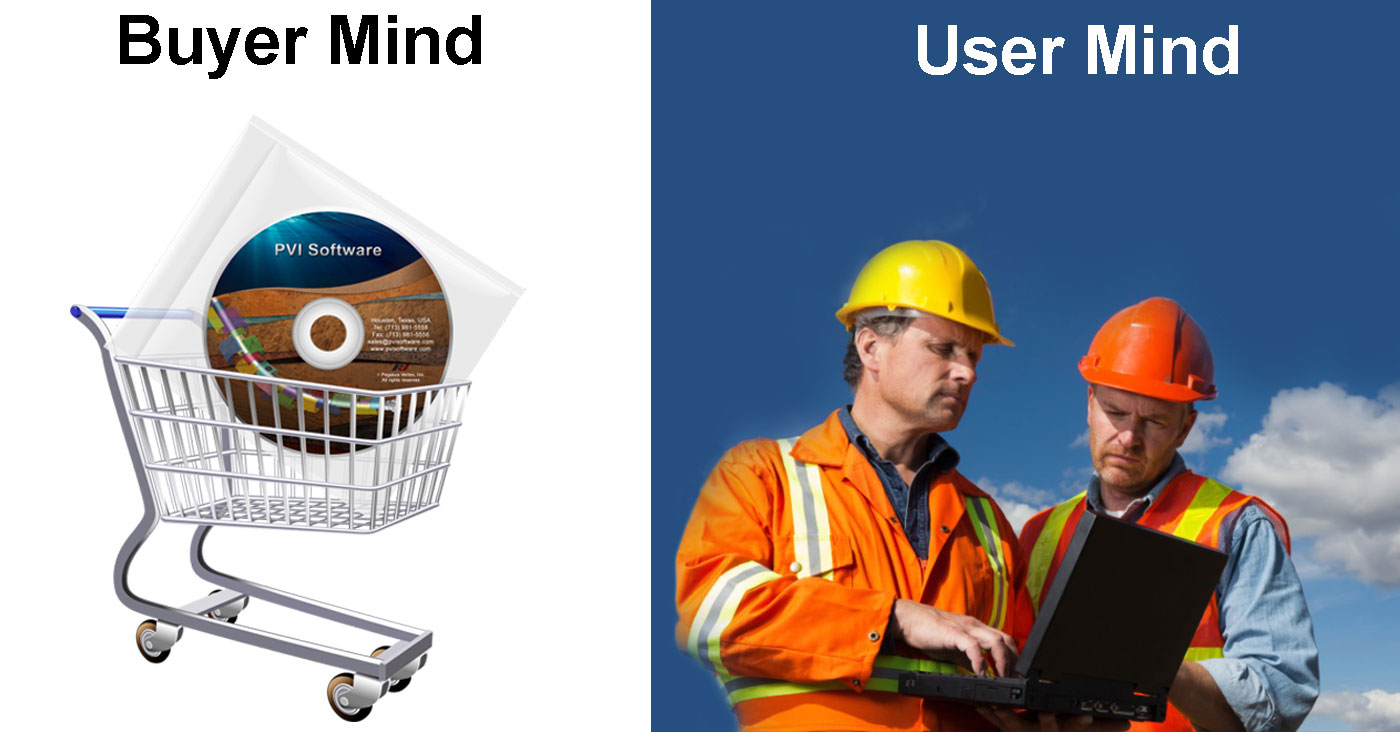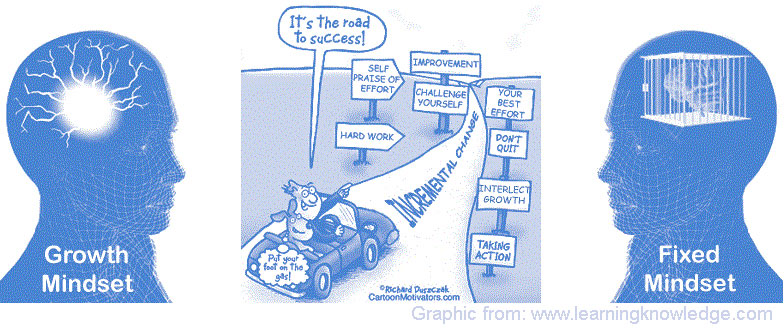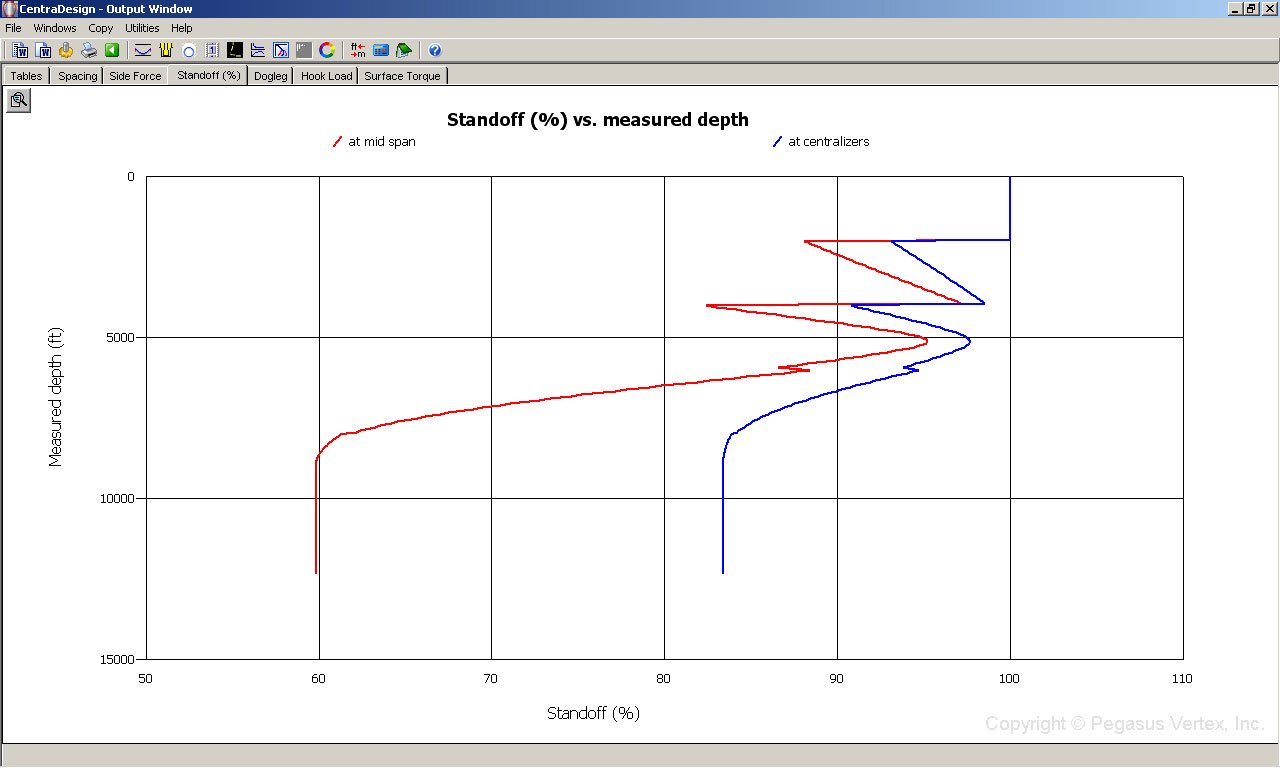In 1964 Bob Dylan said:
The order is rapidly fadin'
and the first one now will later be last
for the times they are a-changin'.
Those words are more real today than ever before. Viewing it from a technological perspective there’s no doubt in everyone’s mind how the modern world has evolved. The oil and gas industry as a whole is in an accelerated and continuous state of change due to a combination of engineering, technology and innovation. This change has left no part of the industry untouched.
For instance before, mud engineers most likely did not have time to enjoy a good cup of coffee in the morning when making a mud report due to the amount of time they had to put into it to have it ready on time. As technology advances the story about the cup of coffee is a lot different. Thanks to technology mud engineers now with the help of software can make mud reports in less time and enjoy their coffee while the software does the work.
Change equals progress and progress equals success and that’s the case of our drilling mud reporting software, MUDPRO.
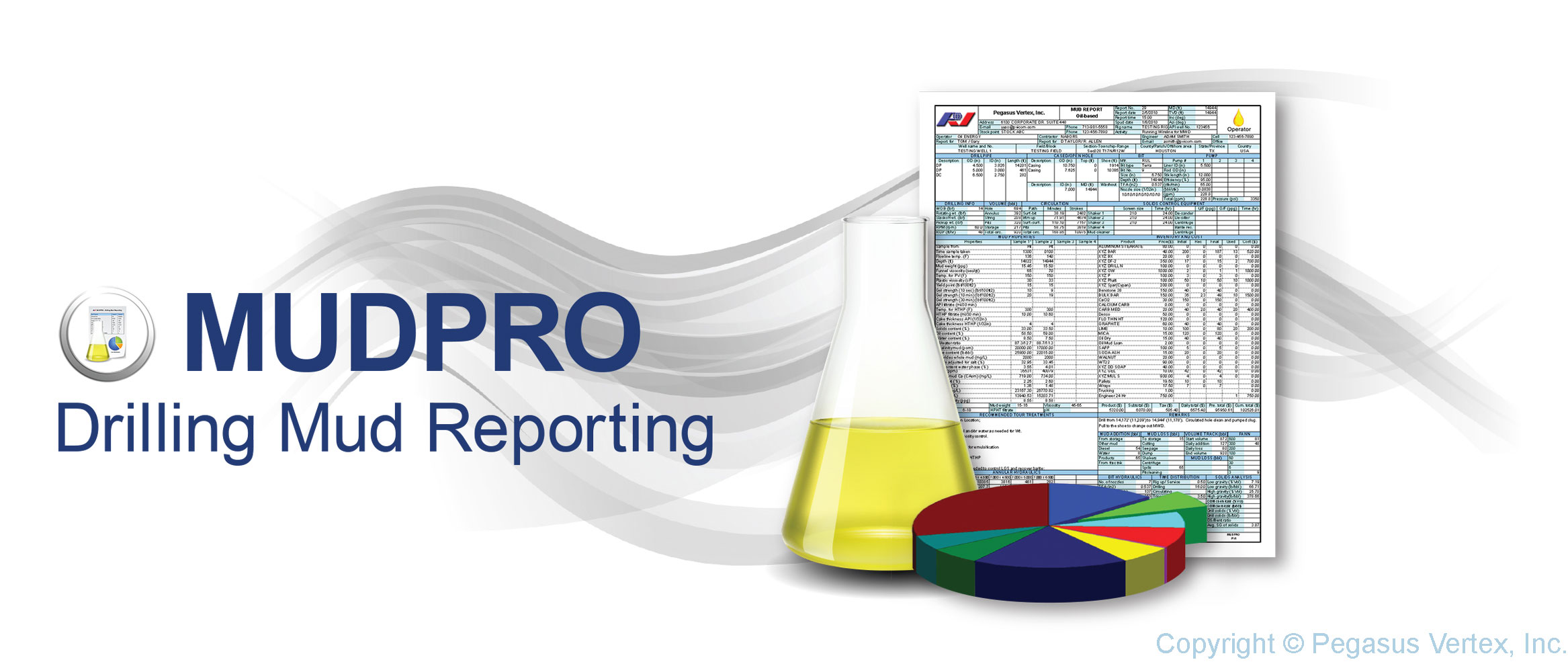
From its first version to its latest, MUDPRO has come a long way and it is without a doubt one of our most popular software. Even from its first release in 2011, MUDPRO proved to be a great tool for mud engineers. The program allows you to generate daily mud reports, save all data in your computer for further reviews, and manage inventory and cost. MUDPRO also allows you to easily import and export well data, do a recap report in seconds, and perform engineering calculations among many other features. However the way MUDPRO has evolved is proof that here at PVI we are updated with the latest trends. Our priority is to keep our customers satisfied and to make their work load lighter. With software like MUDPRO, mud engineers can become multitasking experts.
Having said all of that, as the industry changes so must the people related to it. In order to thrive in these times, the companies in the oil and gas industry have to be ready for whatever changes and challenges lie ahead. It’s time to keep evolving, because the times they are a-changin’.



